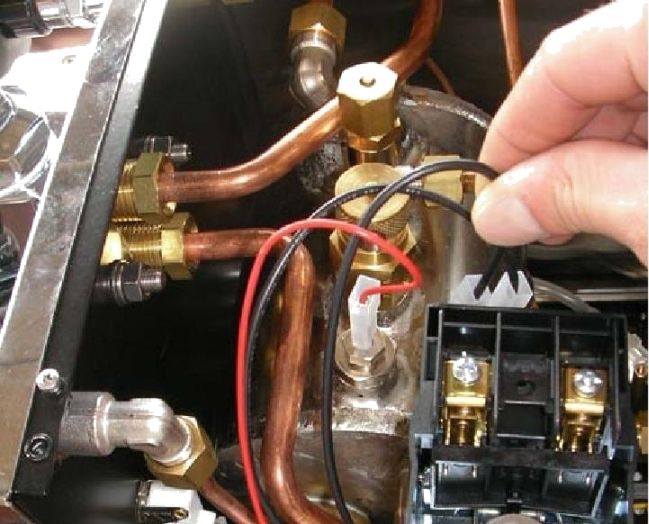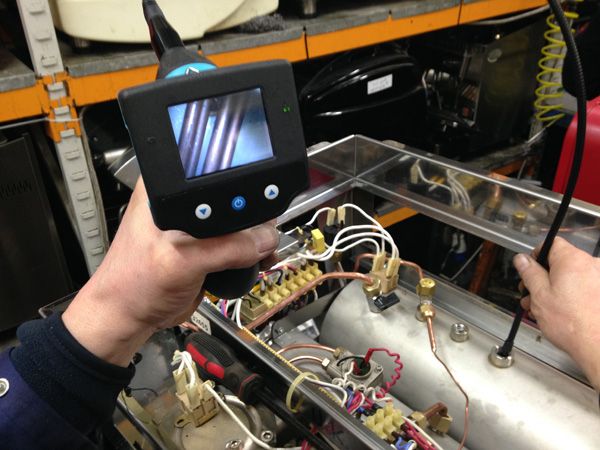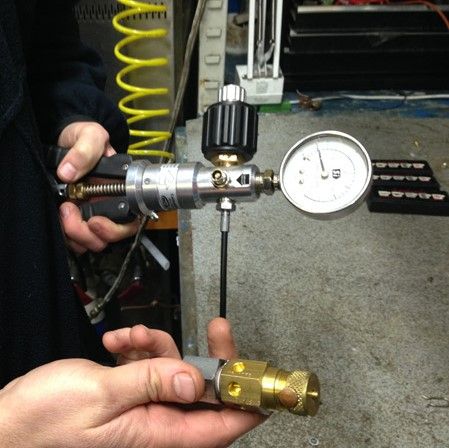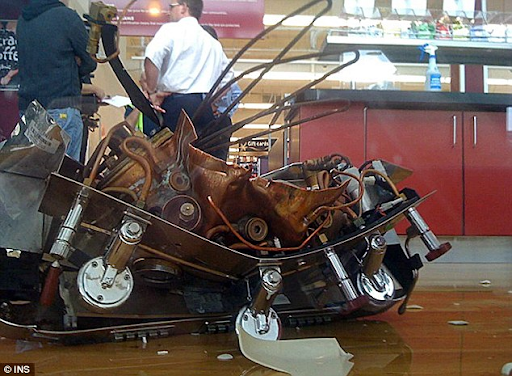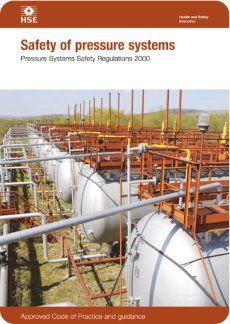IOSH / HSE Boiler Inspections
Consider the impact of a serious accident caused by the failure of a coffee machines steam system. As well as the potential injury to staff and customers, there are financial implications and brand reputation to consider.
CoffeeSafe work in close partnership with industry manufacturers, suppliers and service providers to maintain the safety of traditional espresso and bean to cup coffee machines, and to continually raise industry standards.
The Pressure Systems Regulations 2000 (PSSR 2000) legislation require that statutory examinations are carried out at regular intervals. CoffeeSafe help service providers manage and make good use of this essential legislation, bringing the best quality of service to the end user.
CoffeeSafe draws on over 25 years’ experience in the pressure system industry. We are completely independent - we are not affiliated to any suppliers or insurers, so our advice is based purely on safety and not trying to sell new components or machines.
CoffeeSafe is working hard to proactively improve safety standards. Safety is our business.
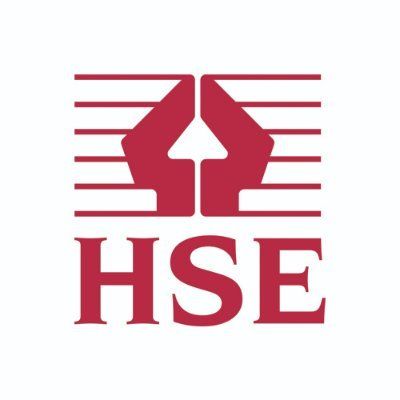
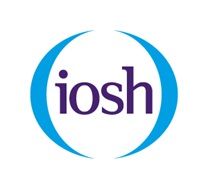
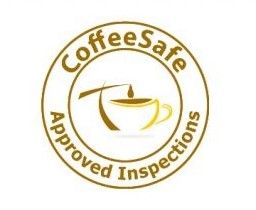
Safety of Pressure Systems The Pressure Systems Safety Regulations 2000 (PSSR)
Once a pressure system is installed, the primary duty for compliance rests with the User.
The Pressure Systems Regulations 2000 (PSSR 2000) apply to a system which stores steam at any pressure, therefore coffee machines with a steam boiler, in a work environment, fall under PSSR. This means that they must have a Written Scheme of Examination and that they must also be examined in accordance with the written scheme.
Before a pressure system is operated the User/Owner must ensure that a written scheme of examination has been prepared.
The Written Scheme of Examination is a document that identifies pressure vessels, all protective devices plus other components that, if they were to fail, could give rise to danger, or through failing cause some other parts of the system to fail.
The Written Scheme of Examination must list the specified items for examination and state the nature and frequency of any examinations, which, in the opinion of a Competent Person drawing up or certifying a Written Scheme of Examination, are necessary to ensure safe operation of the system.
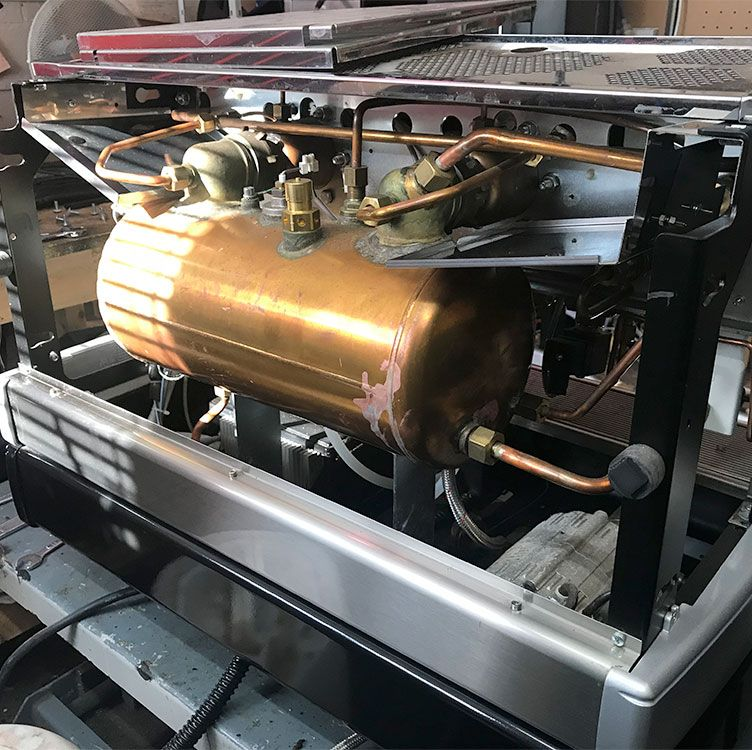
L122 Approved Code of Practice
This Code has been approved by the Health and Safety Executive, with the consent of the Secretary of State.
It gives practical advice on how to comply with the law.
If you follow the advice you will be doing enough to comply with the law in respect of those specific matters on which the Code gives advice.
You may use alternative methods to those set out in the Code in order to comply with the law. However, the Code has a special legal status.
If you are prosecuted for breach of health and safety law, and it is proved that you did not follow the relevant provisions of the Code, you will need to show that you have complied with the law in some other way or a Court will find you at fault.
The Pressure Systems Safety Regulations 2000 (PSSR)
The Pressure Systems Safety Regulations 2000 (PSSR) cover the safe design and use of pressure systems.
The aim of PSSR is to prevent serious injury from the hazard of stored energy (pressure) as a result of the failure of a pressure system or one of its component parts.
The PSSR ACOP L122 and guidance is aimed at duty holders under PSSR who are involved with pressure systems used at work. It is for users, owners, competent persons, designers, manufacturers, importers, suppliers and installers of pressure systems used at work.
The requirements of the Health and Safety at Work Act 1974 (HSW Act) and the Pressure Systems Safety Regulations 2000 (the Regulations) combined with the Approved Code of Practice (ACOP) provide a package aimed to ensure the safety of a pressure system.
The Regulations lay down a system of control for the design, manufacture, installation, examination, maintenance and the keeping of records for pressure systems. These regulations acknowledge the whole system.
The Regulations are concerned with steam at any pressure. User’s / Owner’s should follow the Health & Safety Executive (HSE) guidance in the Approved Code of Practice (ACOP Safety of Pressure Systems L122).
